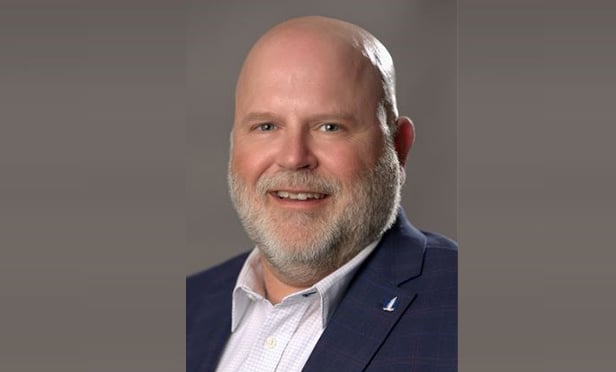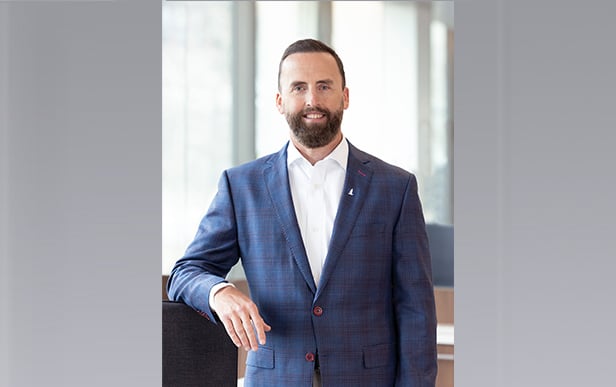 Mark Berven, President and COO of Property and Casualty at Nationwide
Mark Berven, President and COO of Property and Casualty at Nationwide
The process of upgrading building standards and model codes can take many years, a time frame that is at odds with the growing severe weather risks many Americans face.
Between January and August this year, the U.S. experienced a record-breaking 23 severe weather events, with losses exceeding $1 billion.
Recommended For You
"The previous record of 22 events was set just three years ago," says Mark Berven, president and COO of property and casualty at Nationwide. "And over the past several years, we've seen severe weather becoming an 'everywhere issue,' not just a coastal issue."
This trend underscores the need for building codes to keep up with growing risks. Nationwide's recent Agency Forward survey of commercial property stakeholders, which included commercial property owners, business owners, new construction builders, and insurance agents, found that:
- More than eight out of 10 agree on the importance of improving building codes in their area.
- A quarter of property stakeholders also believe building codes in their region are outdated.
As the urgency to update building codes becomes more apparent, insurance agents are uniquely positioned to advocate for change.
Building codes and insurance agents
Building codes mostly fall under the purview of state and local governments, so it will require more than just insurance carriers and trade associations reaching out to legislators to strengthen codes across the U.S.
Insurance agents play a significant role in these efforts and are in a perfect position to help pass laws at the local level to help make their customers and communities more resilient.
"Now is a pivotal time for our industry to shift our mindset to predicting and preventing losses before they happen," says Berven. "Both carriers and distribution partners can emphasize the importance of taking proactive steps to prevent a loss from happening in the first place, which will be vital in preventing rising or unforeseen costs."
Important steps to mitigate risks
A majority of distribution professionals believe that fewer than half of their clients carry appropriate levels of coverage for the severe weather risks they face. These alarming coverage gaps could leave clients holding the bag if a disaster occurs.
Distribution professionals can help their clients understand and more effectively prepare for climate risks through the following steps:
- Review clients' policies and verify that they're properly insured to value, taking into account the potential for severe weather impacts.
- Inform and prepare customers by proactively providing education and counsel about growing climate risks and how insurance pricing accounts for those risks.
- Proactively promote protection-focused resources and strategies to help customers predict and prevent losses in their homes or businesses before they occur.
- Serve as agents of change by researching ways you can help in the community, including advocating for stronger local building codes to improve the resiliency of customers and the community against growing climate risks.
Berven explains that enhancing standards locally and nationally will take teamwork. "Ultimately, the insurance ecosystem must work together to acknowledge and address the realities of severe weather and its implications for protection needs."
© 2025 ALM Global, LLC, All Rights Reserved. Request academic re-use from www.copyright.com. All other uses, submit a request to [email protected]. For more information visit Asset & Logo Licensing.








